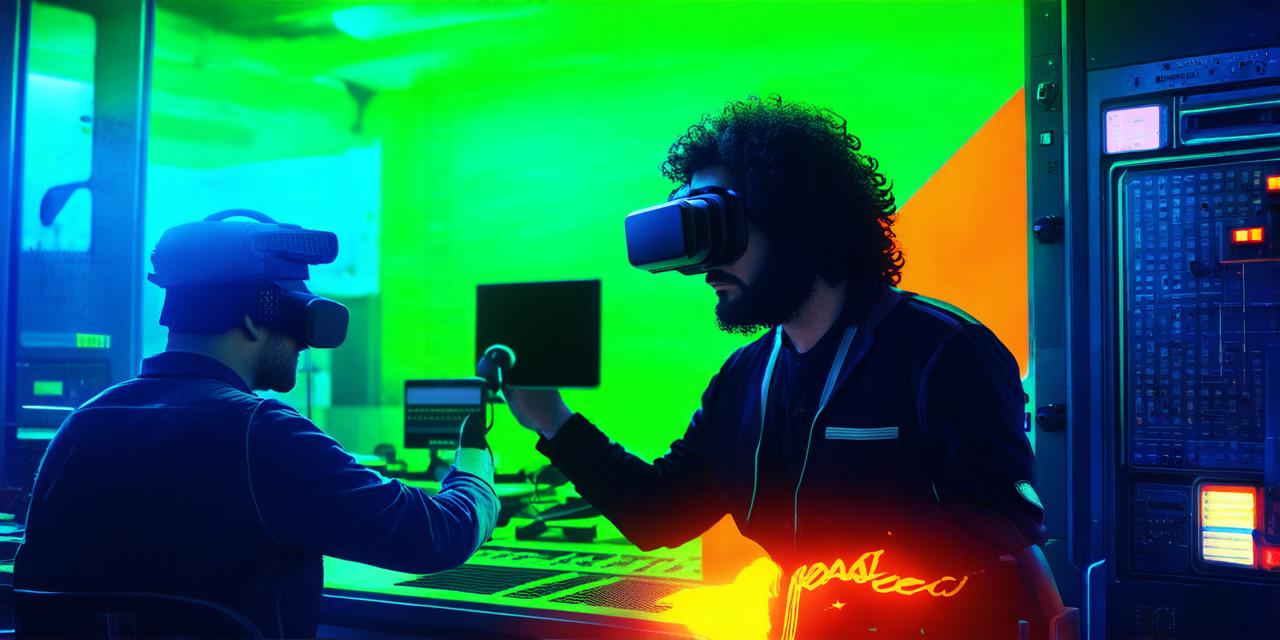
Who created virtual reality?
Virtual reality (VR) has come a long way since its inception. From simple games to immersive experiences, VR technology has revolutionized the way we interact with digital environments.
Table of Contents
ToggleHistory of Virtual Reality
The idea of creating an artificial environment that could simulate the real world dates back to ancient times. However, it was not until the 20th century that technology advanced enough to make VR a reality. In the 1960s, researchers at Stanford University created the first VR headset, called the Sword of Damocles.
This device used a large projector and a screen mounted on a helmet to create an illusion of depth and perspective.
In the following decades, advances in computer graphics and technology paved the way for more sophisticated VR systems. In 1983, computer scientists Ivan Sutherland developed the first 3D graphical user interface, called Sketchpad.
This program allowed users to create and manipulate three-dimensional objects using a mouse, laying the groundwork for modern VR interaction.
In the 1990s, as personal computers became more powerful, VR technology became more accessible. The first commercially successful VR headset was the Sega Genesis 3D Headset, released in 1992.
However, it was not until the early 21st century that VR really took off, with the release of the Oculus Rift and HTC Vive in 2012.
Who Created Virtual Reality?
While there are many individuals who have contributed to the development of virtual reality technology, there are a few key figures who stand out. One such individual is Ivan Sutherland, who we mentioned earlier as the developer of Sketchpad.
Sutherland’s work in 3D graphics and user interfaces laid the groundwork for modern VR interaction.

Another pioneer in the field of virtual reality is Jaron Lanier. Lanier co-founded the Virtual Reality Society in 1984, which aimed to promote the development and use of VR technology. He also co-designed the first VR headset, called the VR Sword of Damocles II, which was an improvement upon the original Stanford prototype.
In more recent years, companies like Oculus VR and HTC have played a major role in bringing virtual reality to the masses. These companies have developed cutting-edge VR hardware and software, allowing users to experience immersive digital environments in ways never before possible.
Summary
Virtual reality technology has come a long way since its inception, thanks in large part to the contributions of pioneers like Ivan Sutherland and Jaron Lanier. Today, VR is used in a wide range of applications, from gaming to medicine to education. As technology continues to advance, we can expect virtual reality to become even more sophisticated and accessible in the future.

